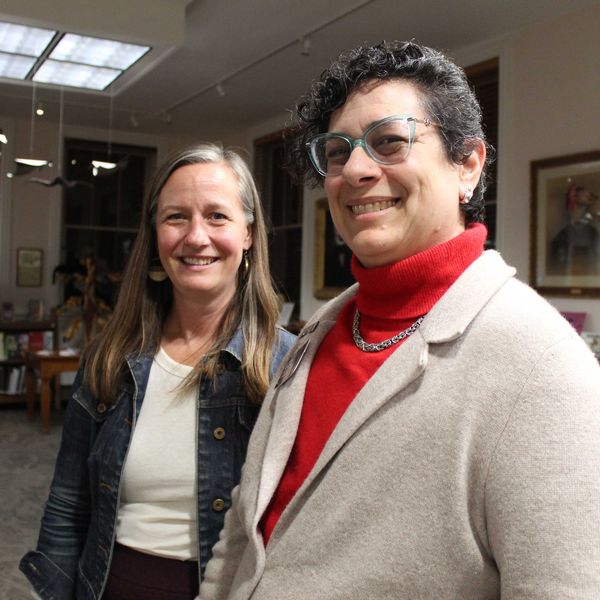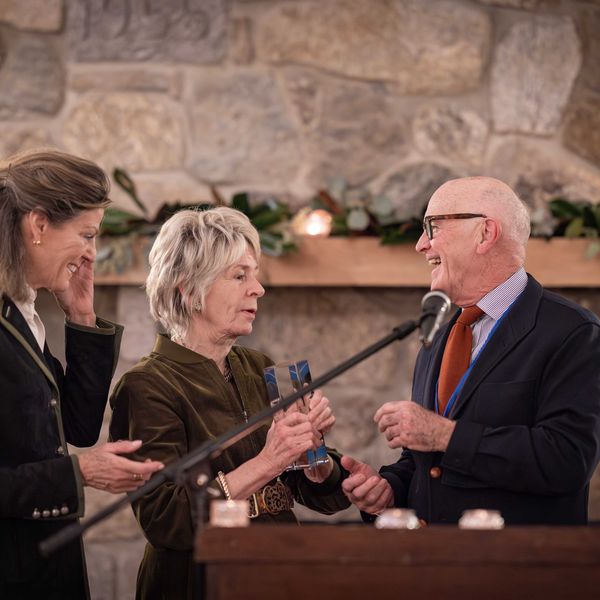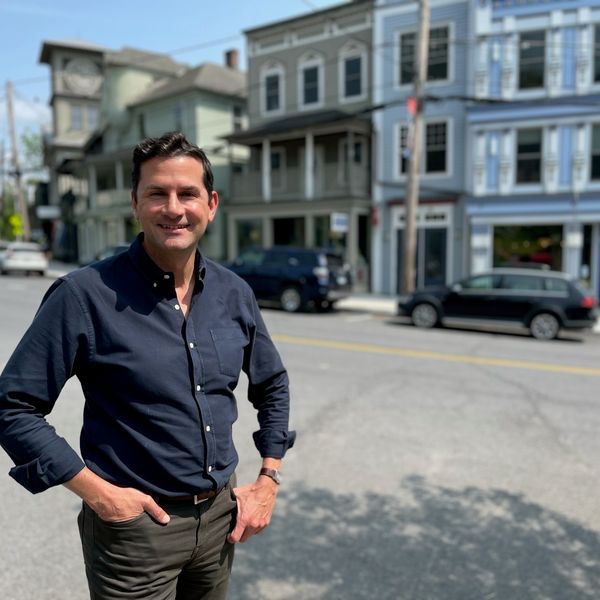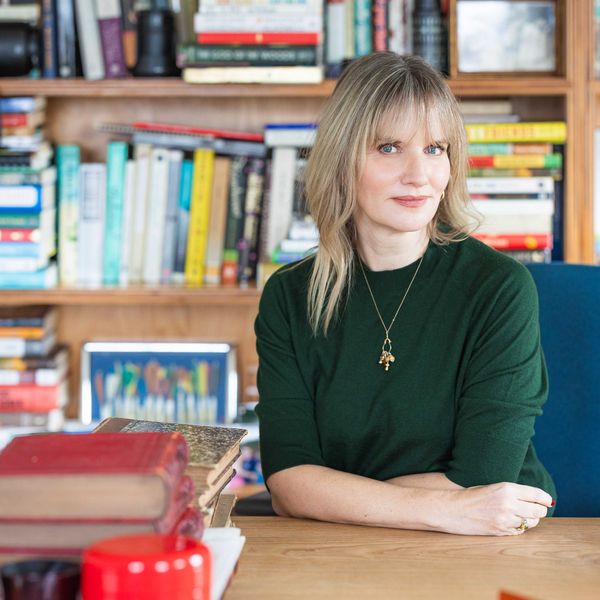Millbrook Mayor Rodney Brown suddenly resigns at Zoom meeting
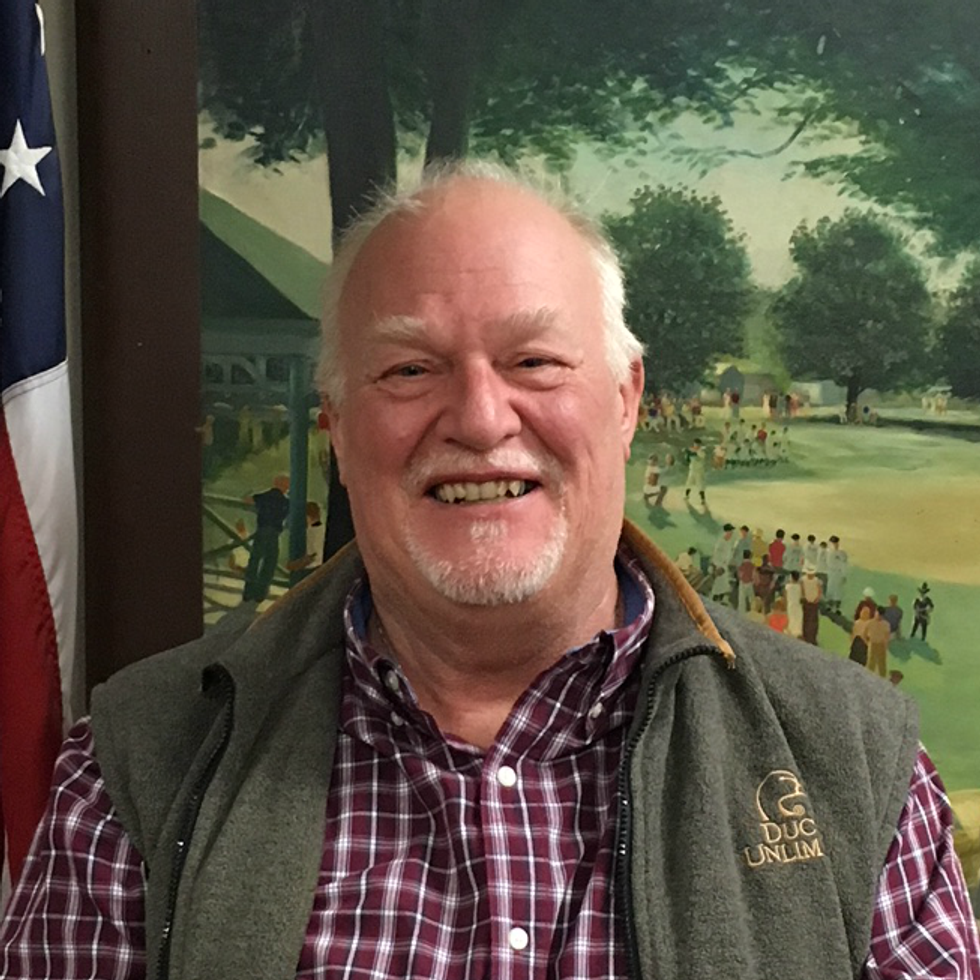
Millbrook Mayor Rodney Brown resigned at a June Village Board meeting, effective July 31. He gave no reason for his decision to leave office just months before his term ends. Photo courtesy Village of Millbrook website

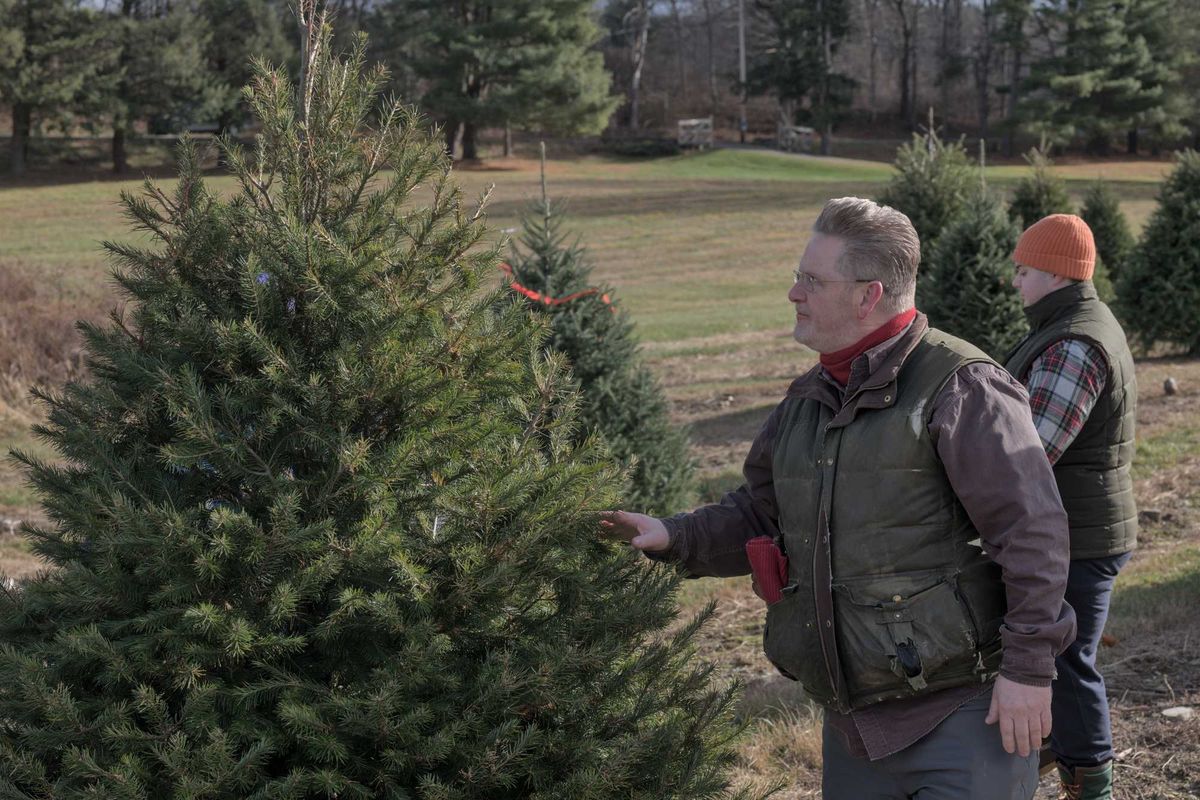










 Cover of “Les Flashs d’Anne”Jennifer Almquist
Cover of “Les Flashs d’Anne”Jennifer Almquist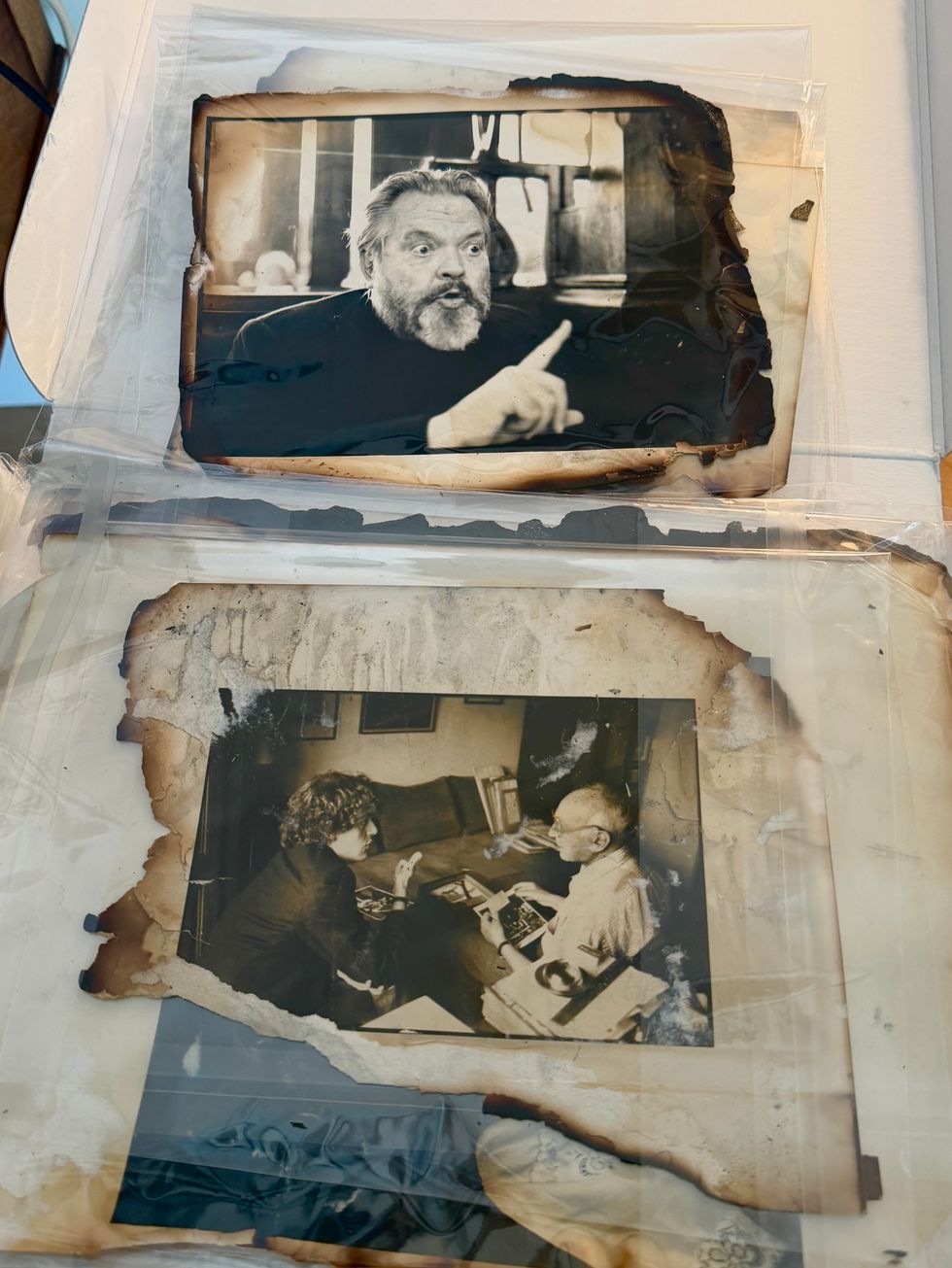 Orson Welles, top, and Hervé Guibert and André Kertész by Anne DayJennifer Almquist
Orson Welles, top, and Hervé Guibert and André Kertész by Anne DayJennifer Almquist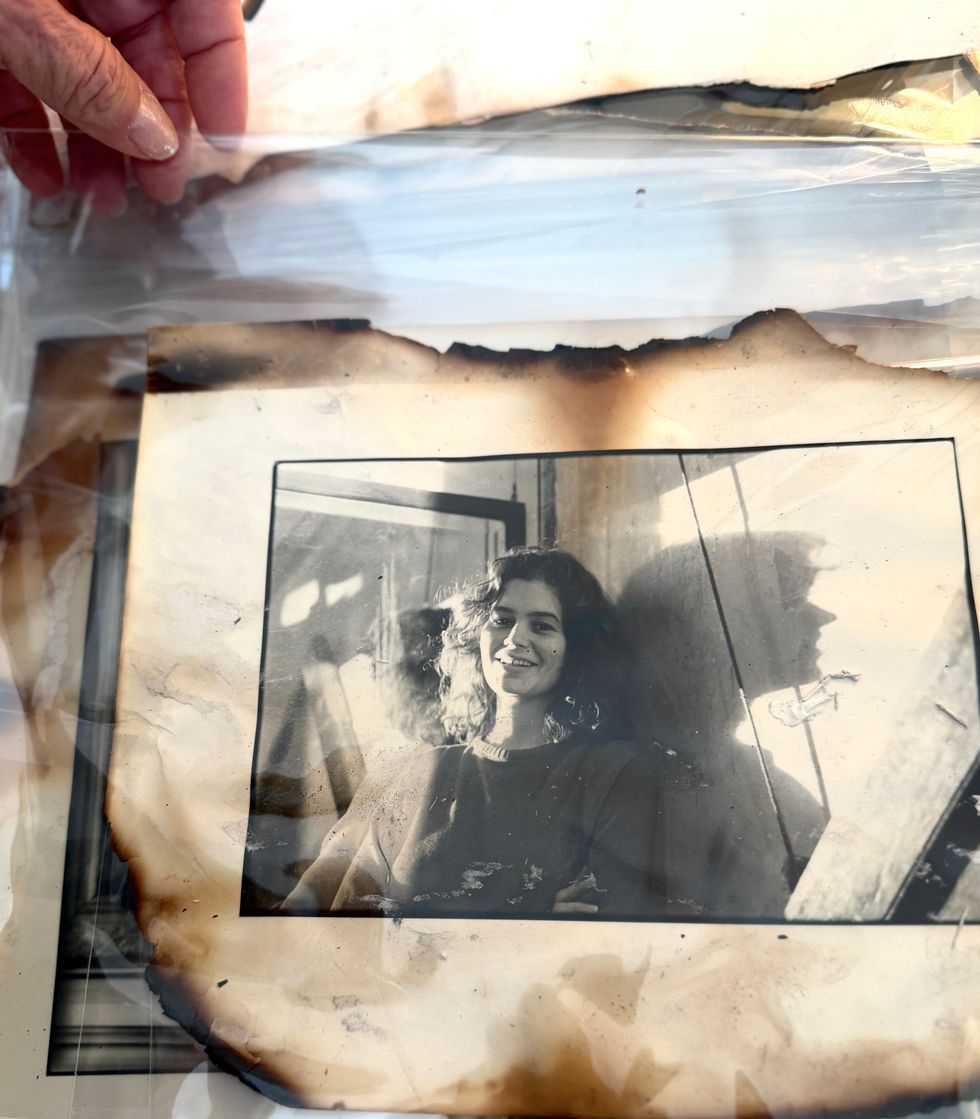 Self-portrait, New York City, 1981by Anne DayJennifer Almquist
Self-portrait, New York City, 1981by Anne DayJennifer Almquist
